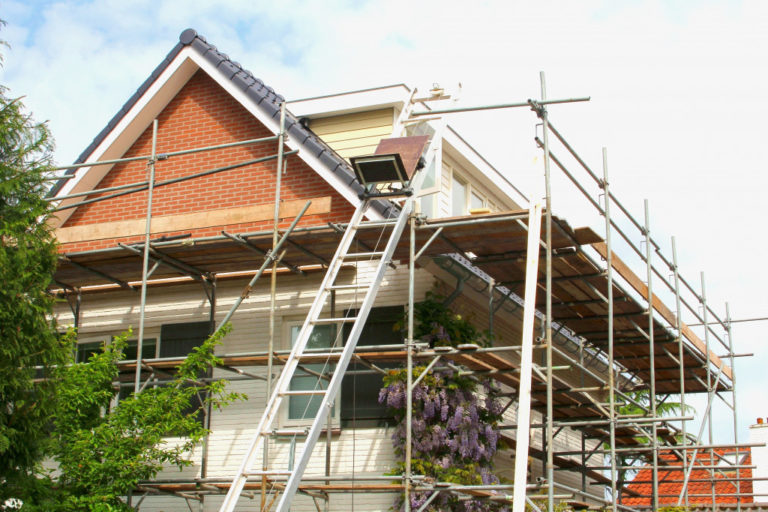In the U.K., building a custom home is often lumped together with self-build. Self-build refers to the process of commissioning a house to be built on a piece of land the owner bought. In such a project, the owner can have as much control as they desire over the build and hire architects, engineers, and other home construction professionals.
However, the terms of a self-build home and custom home aren’t actually the same. Most of the difference lies in the owner’s involvement. Out of the 11,000 self-build homes constructed in the U.K. each year, less than 10% had the homeowners physically involved in the building work.
Take that into account as you plan your self-build dream home. To secure your control, go for a custom home build, but anticipate these risks to make the construction process as smooth as possible:
Costs
The difference between a custom home from a standard build is that the latter’s blueprint can be available from a previous project. As such, you can obtain it at little to no cost. Your builders may have plans in stock that they’d be willing to use again. A custom home’s blueprint, on the contrary, is a new and unique project altogether. An architect must draw the plans, a service that can cost thousands of pounds already. And every change you want to be done is another expense.
In addition, the materials in a custom home are typically more expensive. If you want specialized labour, that will be an additional cost as well. And of course, there’s the matter of size, number of storeys, location, and specifications. The higher the square footage, the higher the costs. Similarly, the more prime the location is, the more expensive the project will be.
You can reduce your building costs by taking on some work yourself. Maybe you can paint the exteriors and interiors so that you can save on professional painting costs. If you have some experience in DIY flooring installations, consider doing that for your custom build as well. Just don’t try to DIY anything that obviously requires a professional, like engineering and architecture matters.
Delays
Even if you have a timeline for the project, chances are it will last past the deadline. And that’s normal for all construction projects. As long as it doesn’t get delayed too often and too long, you don’t have to worry. However, delays can be stressful because it’s often accompanied by additional costs.
Contractors need more time when working on custom homes, especially if they’d be tackling some unfamiliar practices and materials. To minimize the delays, ensure that the contractor you’d hire is experienced with the type of design you want. If you want a farmhouse-style home, a contractor specializing in industrial-style pads won’t be a good fit; hence, they’d most likely finish the project late.

Safety
Construction is one of the deadliest industries in the world. Every year, the average number of fatal construction injuries in the U.K. is 37. Non-fatal ones go as high as 61,000 every year. Falls are the leading cause of fatal injuries, while it’s “slips, trips, and falls on the same level” for non-fatal injuries.
To avoid any accidents, ensure that your contractors and builders are wearing proper construction attire, as well as safety equipment. If you’d perform some tasks that involve going up on a ladder, buy your own construction attire and gear from a reputable personal protection equipment supplier. Don’t tempt fate by downplaying your safety.
Design Issues
Some designs look good on the plans, but issues may show up during execution, affecting the overall quality and look of the design. Design errors and issues will incur more costs, not to mention stress.
Even minor design issues, like uneven cabinet drawers or doors, a too-small bathroom, or awkward vent positions, can ruin your entire home. So try to be actively involved every step of the way during the construction to spot issues immediately. Sometimes, contractors who are too eager to finish your custom home can overlook errors and look forward to the payment. Beware of this risk. Noticing design issues early on can save you high costs in the future.
Keep in mind, though, that even if you prepare for these risks, your custom home project is still bound to meet setbacks and obstacles along the way. No construction project proceeds 100% smoothly. But if you’re aware of the risks and have prepared for them, you can minimize the hurdles and see your dream home finished as soon as possible, and just the way you like it.

